Before delving into the predicted trends for vape industry in 2025, it’s essential to explore the history and development of vaping to understand its past and present.
With the advancement of electronic vaporization technology, vaping devices have evolved from niche products to globally favored consumer items. This journey has been marked by challenges and witnessed numerous innovations and reforms in vape products. In recent years, vaping has become a topic of significant interest. Today, we will deep-dive into the evolution of vapes to understand why it has become a global hot topic.

Table of Contents
Review the Evolution of Vape Industry
What are E-cigarettes / Vapes?
E-cigarettes (/ vapes) are electronic vaporization products designed to mimic traditional cigarettes. They operate by electronically heating liquid e-liquid into vapor, which consists of highly purified nicotine and other organic compounds. Compared to traditional herbal cigarettes, vapes produce vapor that is significantly less harmful to human health, making them a popular choice for many smokers since their inception.
The Development History of E-cigarettes / Vapes
The origins of vapes date back to 2003. Despite initial challenges, the industry persevered and, with technological advancements, new vaping device products gradually gained market acceptance. They quickly rose in the sector, offering a safer smoking method and aiding in smoking cessation, which resonated with a broad consumer base. Currently, e-cigarettes are popular worldwide, with many smokers opting for them as an alternative to traditional cigarettes, satisfying their smoking needs while reducing bodily harm.
Although e-cigarettes are often discussed as a healthier smoking method, they also carry potential risks. For those aiming to quit smoking, they serve as an alternative to traditional cigarettes, but long-term use can still impact health, so make a carefully selection is advised.
Forecasted Changes in the Vape Industry by 2025
As the vape market flourishes, competition among vape brands and manufacturers intensifies. Key markets, including the United States, the United Kingdom, Germany, and Russia, have become fiercely competitive, driving industry upgrades. Here are the expected trends for the vape industry by 2025:
Eco-friendly Degradable Vapes Packaging and Shells:
The European market’s focus on environmental issues is increasingly significant, becoming a constraint on the development of disposable vapes. For instance, MOKI, with its green brand philosophy, emphasizes the design and production of eco-friendly vaping devices, including the use of biodegradable materials like PLA and PBAT for packaging and shells.
Growth Opportunities for Pod Systems and Bottled E-liquid:
Under regulatory and environmental pressures, the growth of the disposable vapes market is somewhat limited. It is anticipated that the market share of pod systems and bottled e-liquid will increase, especially in regions like Europe and Russia.
Widespread Application of MEMS Integrated Microphones:
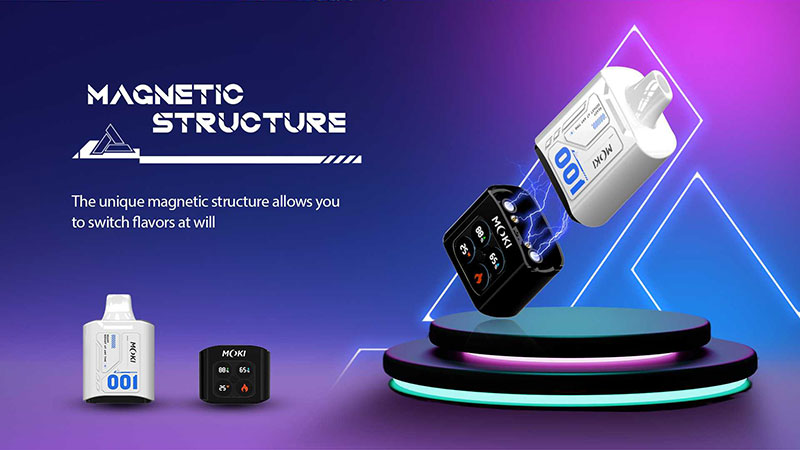
To address issues with traditional electret microphones, such as oil resistance and consistency, MOKI, an emerging player in the vape industry, is increasing R&D and investment in MEMS integrated microphones. These microphones offer significant performance advantages and are expected to be widely adopted by 2025.
The Rise of Screen-Equipped Vaping Devices:
To enhance product innovation and user experience, brands like MOKI, VAPLAY, and PICCO have introduced e-cigarettes with screens. These screens display information such as e-liquid and battery levels. By 2025, this trend is expected to become more prevalent, with screen sizes potentially increasing and touchable large screens emerging to improve product interactivity.

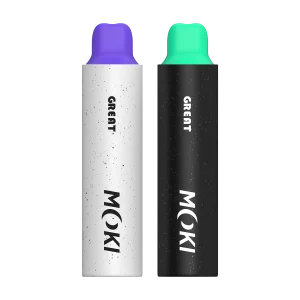



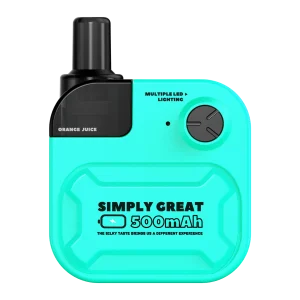
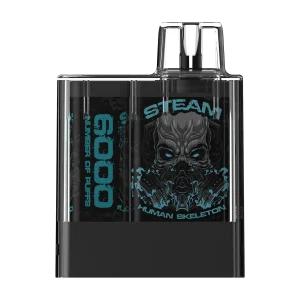
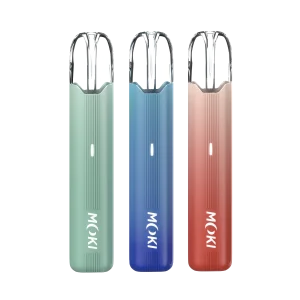
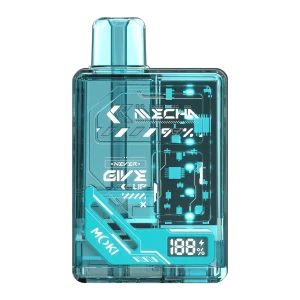

One Response